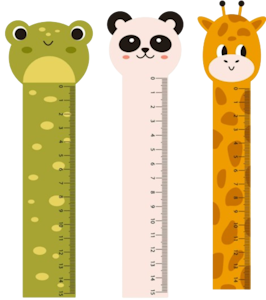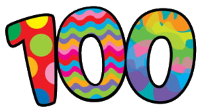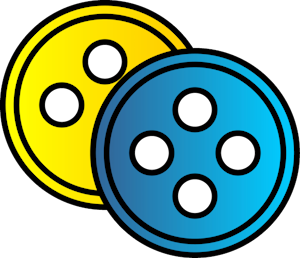Math -- Preschool & Kindergarten
Math

Generate Math Fact Sheets By Grade
Generate your own custom math sheets for elementary grades. No login required and it is totally free.
Addition & Subtraction
Addition
Family Chart
Make a family chart by graphing the number of family members in each child's family. Ask each child to name each member of his or her family, and hand out a strip of paper for each family member named. Invite each child to place the strips on the chart and say, I'm adding____ people to the chart. When everyone has had a turn, count out loud the total number of strips.
Subtraction
Cat Cat Mouse Game
Gather children in a circle. Together, count the number of children in the circle. Then play "Cat, Cat, Mouse." The "cat" will walk around the circle until the teacher says "mouse." Whomever the "cat" is standing behind must leave the circle and join the "cat." Count the number of children left in the circle and explain that there is now one less. Repeat until you have an entire class of "cats."
Recommended Book
Ten Magic Butterflies
by Danica McKellar
One by one, ten flower friends ask a fairy to turn them into butterflies to achieve their dreams of flying. Math advocate McKellar uses the story to touch on math concepts in a wonderfully imaginative and fun blend. A beutiful book with the right mix of vibrant illustrations, story, math, and magic. An outstaning mix that creates an amazing book.
Classification
Morning, Noon, and Night-Bulletin Board
Need: magazines, scissors, glue, bulletin board.
Divide a bulletin board into three sections labeled "morning," "afternoon," and "evening." Draw a rectangle in each section. You could add a picture at the top of each rectangle. Morning could be a smiley face, afternoon could be a less smiley face, evening a sleeping face. Have the children cut clothes and objects from the magazines and place them into the proper region. For example, what would someone wear in the morning? When would a toaster most likely be used? When would a bed most likely be used?
Morning, Noon, and Night
Need: magazines, catalogs, paper
Make a three page book. Label the pages: Morning, Afternoon, and Night. Have children find pictures of morning, afternoon, and evening routines to cut out. Show the pictures. Have children glue the pictures onto the correct page in their books.








